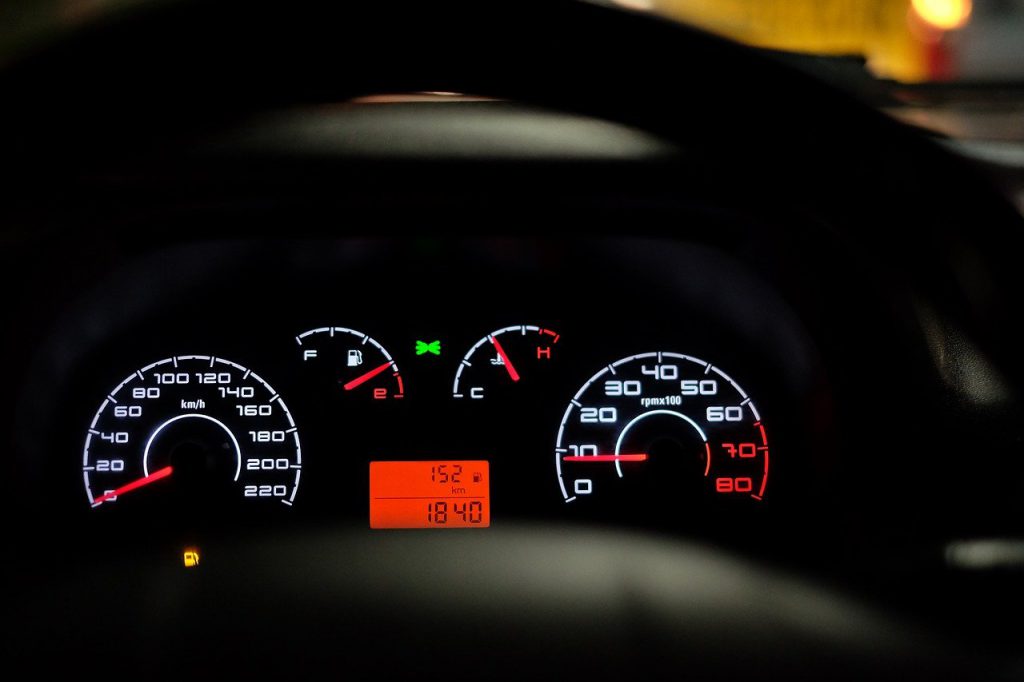Fundamentals of laser HUDs for vehicles

Head up displays (HUDs) were first created for defense aviation purposes many years ago. As with all technology these days, it is rapidly improving and being adapted to automobiles to present drivers with certain information like navigational and speed data. This is displayed on a see-through screen that is not intended to block the driver’s sight or distract the driver in any way.
This is one of the most important aspects of HUDs — to not distract the driver but to also be a useful resource for them while driving. Market research from BCC Research found that the HUD market is pr
Laser Technologies Is Going to Transform the Automotive Industry: Fact or Fiction
Today’s automobiles are not similar to the models and tech units of the previous century. There are many innovations that add comfort and safety onboard. One of the interesting solutions that are expected to hit the automotive market is head up displays. HUDs earlier were just an attribute of the aviation sector. But head up displays might become a new normal of modern drivers with the development of laser scanning mirror technologies.
HUDs equipped with innovative MEMS displays can improve the vision properties of steersmen and provide more accurate navigational and speed data. One more notable and beneficial feature of the new laser-scanned head up displays is their user-friendliness. Drivers will not be distracted with this tech solution onboard. Additionally, the sight of the car’s owner will be clear, with no extra gadgets and installations on the wind-screen.
Market Research: Predictions for HUDs Based on MEMS Technology
BBC decided to research the automotive market in the context of HUDs and their renovations through laser-scanning technology implementation. The predictions are rather shocking. The HUD market is going to grow extremely fast if the MEMs display takes place in the latest models.
According to the BBC survey, today’s showing of $2,7 billion market value can grow up to $8 billion in 2022. These are real numbers that depend on the cutting-edge technologies required by drivers of the 21st century.
What Are Laser-Scanning Mirror Displays?
The main conception of the new-era driver’s HUDs is the microelectromechanical system-based projector that is responsible for high-definition resolution. The display is equipped with a MEMS laser projector that transmits the picture with all the pixels accurately and extremely fast. Among the main advantages of this tech approach are:
- A compact size of the unit (system);
- A budget-friendly analog to other optical solutions;
- Quick performance and improved driver’s vision;
- A comprehensive analytical background for speed estimating.
It means that all the previous optic-based technologies can be replaced by MEMS displays easily. Consumers will get a compact-size HUD based on the innovative laser-scanning system free from complicated installations and data deformations.
Some experts see the reason to use the combination of MEMS LiDAR technologies at once. This way the accuracy of the navigational and speed information is increased. Additionally, the happy blend of the microelectromechanical system solutions and light detection and ranging technology will bring the option of self-driving to reality.
MEMS Displays in Cars Are Expected to Hit the Market by 2024
As of today, LiDARs based on Laser-scanning micromirrors detect the height of the moving vehicle or located trees, houses on the route. This way MEMS displays can be used as the way for driving experience improvement. It is possible to set up the eye-tracking option for better safety of the driver on the road. If some danger is detected by the system, the display will contain an alert or other notifications to prevent any incidents.
According to the automotive market analytics and experts in the optic market sector, the MEMS displays will become a new normal for HUDs transformation in 2023-2024. Some flagship manufacturers like Panasonic are interested in laser technologies right today. 3D imaging radars, eye-tracking, self-driving, improved navigation, speed control board, and other options are waiting for modern drivers right in 2-3 years.
